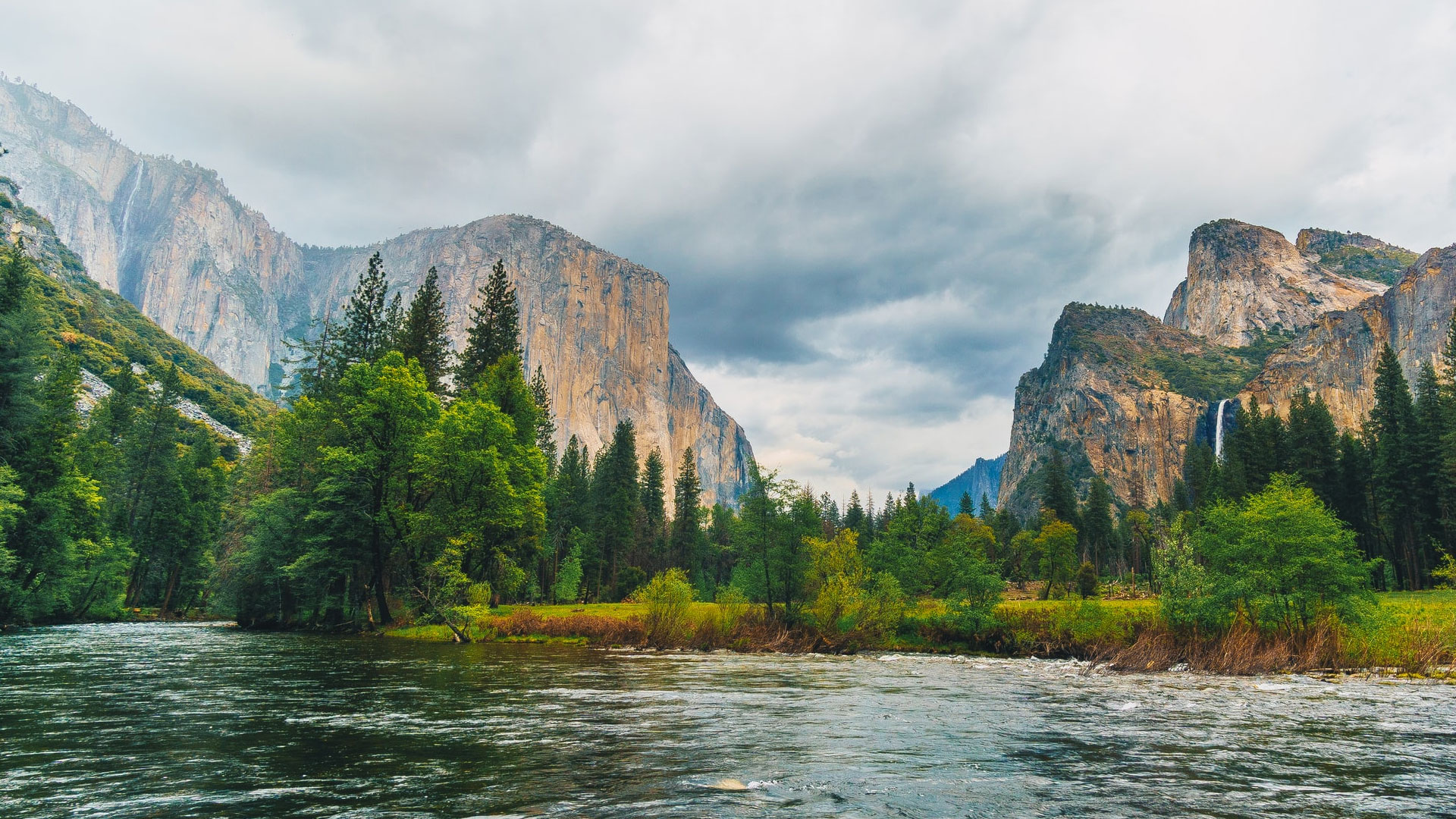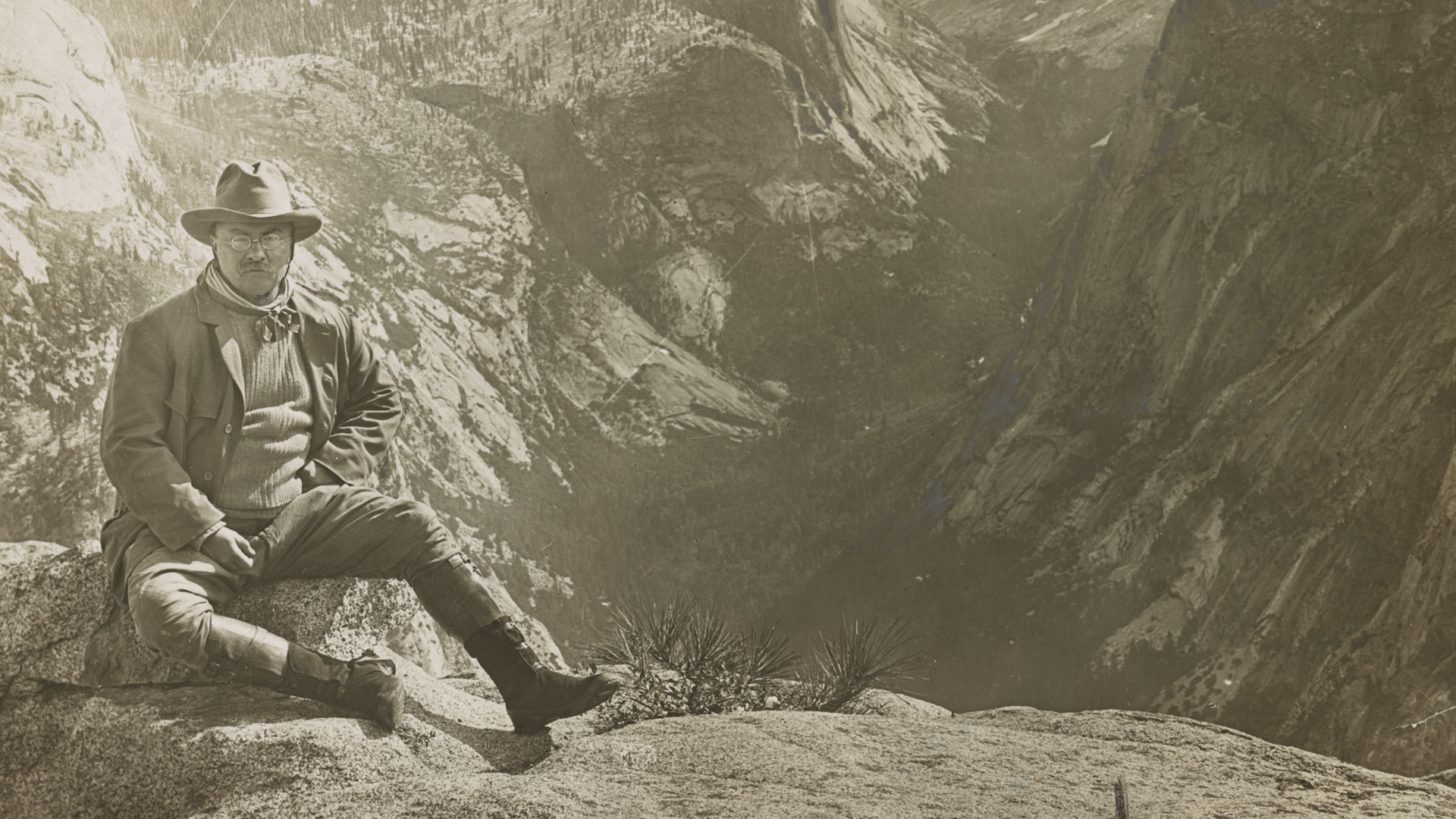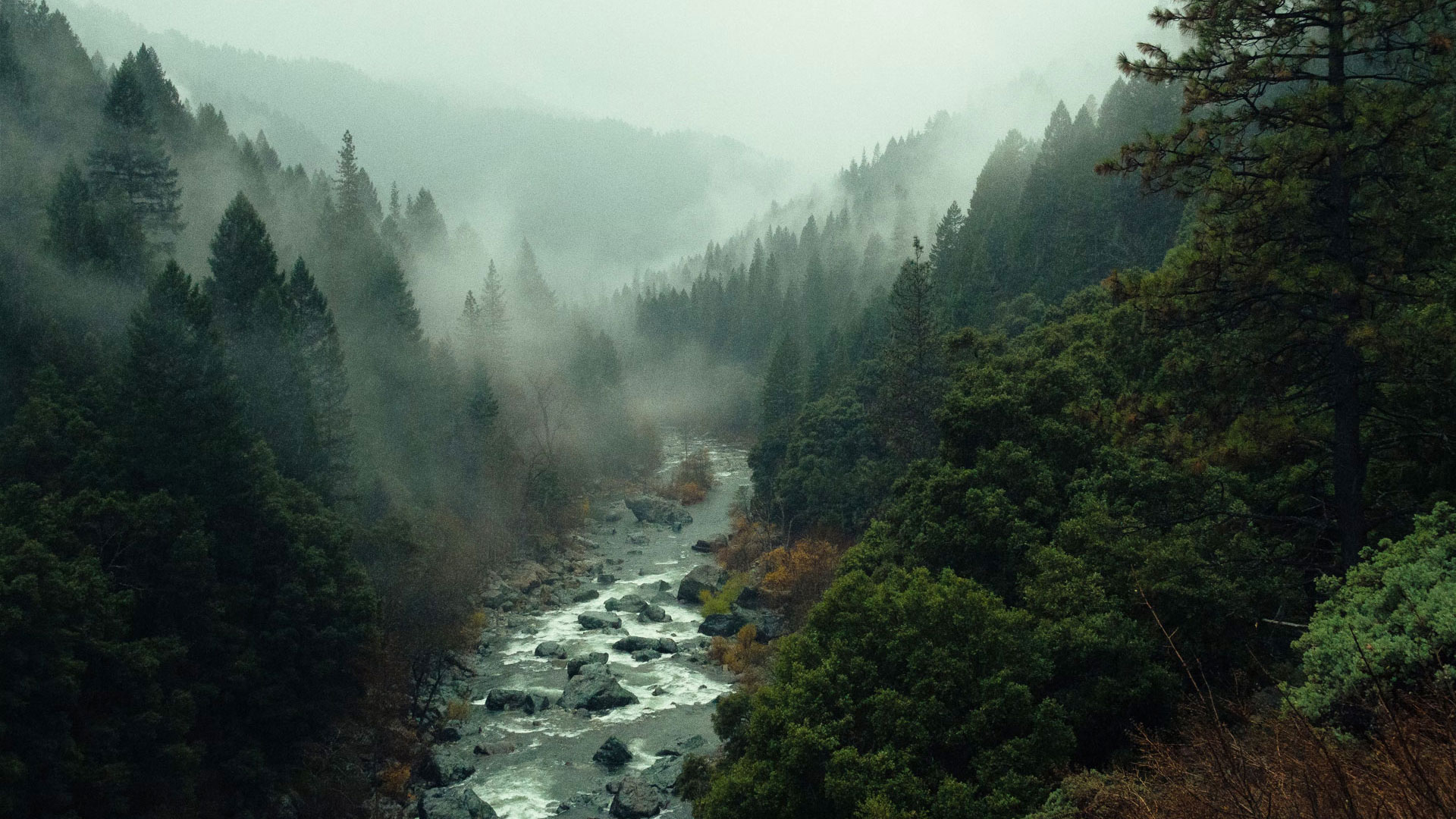AMERICA THE BEAUTIFUL: PROTECTING OUR FORESTS FOR FUTURE GENERATIONS
“America! America!
God shed his grace on thee,
And crown thy good with brotherhood,
From sea to shining sea!” – Katherine Lee Bates, 1895
Forests have played a leading role in the American story since European settlers first reached our shores in the early 1600’s. Lush old-growth forests blanketed the East Coast, offering a seemingly limitless supply of wood for fuel, fiber, construction, and making the ships that powered global commerce.
Two hundred years later, that vast expanse of virgin forest had been clear cut, causing serious environmental degradation in parts of the Northeast. Writing for the Atlantic Monthly in 1987, naturalist John Muir lamented, “God has cared for these trees … but he cannot save them from fools—only Uncle Sam can do that.”
And so Uncle Sam did.
Starting with the Forest Reserve Act of 1891, Congress enacted a series of legislation that has since put almost one-third of our nation’s land area under Federal ownership. The U.S. Forest Service’s mandate has expanded from a narrow focus on sustainable resource management to one that today puts forests squarely at the center of fighting climate change.

No one better embodies the American spirit than Teddy Roosevelt. Sickly, asthmatic and bullied as a child, Roosevelt was obsessed with nature, even creating his own private natural history museum at home. His father pressured him to overcome his childhood infirmities by adopting “the strenuous life.”
After Roosevelt’s wife and mother died in 1884, only hours apart, he withdrew from public life and moved to the North Dakota badlands to hunt big game and operate a cattle ranch. This marked the turning point of his life.
Witnessing firsthand how overhunting the bison had nearly led to its extinction and how overgrazing frontier ranchlands had turned fertile soils to dust, Roosevelt set his sights on running for higher office and pursuing a bold conservation agenda.
“I would not have been President had it not been for my experience in North Dakota,” he later said.
As president, Teddy Roosevelt set aside 150 national forests, 55 wildlife preserves, 18 national monuments and 5 national parks. All told, he was responsible for protecting 230 million acres of public land and laying the groundwork for establishing the National Park Service, which has been described as “America’s best idea.”
Fast forward one century, and we now know that protecting forests and keeping them vibrant and healthy is, by far, the biggest, fastest and cheapest way to reduce carbon dioxide emissions and counteract many of the serious problems caused by climate change.
But climate change only became a centerpiece of national forest policy in the last two years.
Forest Service scientist Dave Peterson countered, “We’re drowning in data and scientific publications. We need to stop analyzing and start acting”.
On May 6th, 2022, the Biden administration unveiled its America the Beautiful program.
Developed by the National Climate Task Force, the plan calls for a decade-long effort to “support locally led and voluntary conservation and restoration efforts across public, private, and Tribal lands and waters in order to create jobs and strengthen the economy’s foundation; tackle the climate and nature crises; and address inequitable access to the outdoors.”
The goal? To conserve 30 percent of U.S. lands and waters by 2030.
Interior Secretary Deb Haaland — the first Native American to serve as a Cabinet secretary — will help oversee the program along with Randy Moore — the first African American to head up the U.S. Forest Service — in 2021.
In a recent op-ed, Teddy Roosevelt’s great-great grandson and MacArthur Foundation President John Palfrey points out that early conservationists like Roosevelt and John Muir put nature on a pedestal, portraying white man as its savior, and referring to the Native Americans who had kept these ecosystems thriving for millennia as “savages”.
Palfrey writes “Climate justice means recognizing and addressing the fact that marginalized communities will feel — and have already felt — the worst impacts of climate change. We must make sure those who face these effects are in positions of power, where they are able to make decisions for their own communities and to contribute to research and creative solutions. These goals require our sector to collaborate with and learn from Black, Brown, and Indigenous, leaders.”
In this section on America’s national forests, we will look at the critical role that public lands play in protecting our forests, waterways and grasslands.
In “Teddy Roosevelt: Conservationist in Chief“, we will see how one man’s indomitable spirit led to the federal protection of hundreds of millions of acres of land.
In “From Conservation to Carbon: The Evolving Role of the U.S. Forest Service“, we’ll look at how the U.S. Forest Service has grown from an agency focused on sustainable forestry to an agency leading the charge on forests and climate.
In “U.S. Forests: Our First Line of Defense Against Climate Change“ Copernicus Project CEO Jack Stephenson gives you his take.
RELATED ARTICLES:
Become a Climate Actionist
#climateactionist
One of the first things you do to start your Climate Actionist journey is connect with, engage with, and even join leading climate organizations. At The Copernicus Project, we are committed to only sharing information and resources from organizations, experts, companies, communities, and people that we have personally researched and trust. The following list is a great place to start. We’ve broken it out by category, so you can hone in on the things you are most interested in.
In the coming weeks and months, we’ll have more ways for all of us to be actively involved in finding and supporting nature-based climate solutions. So stay tuned and sign up below to get notifications when we publish new content.




